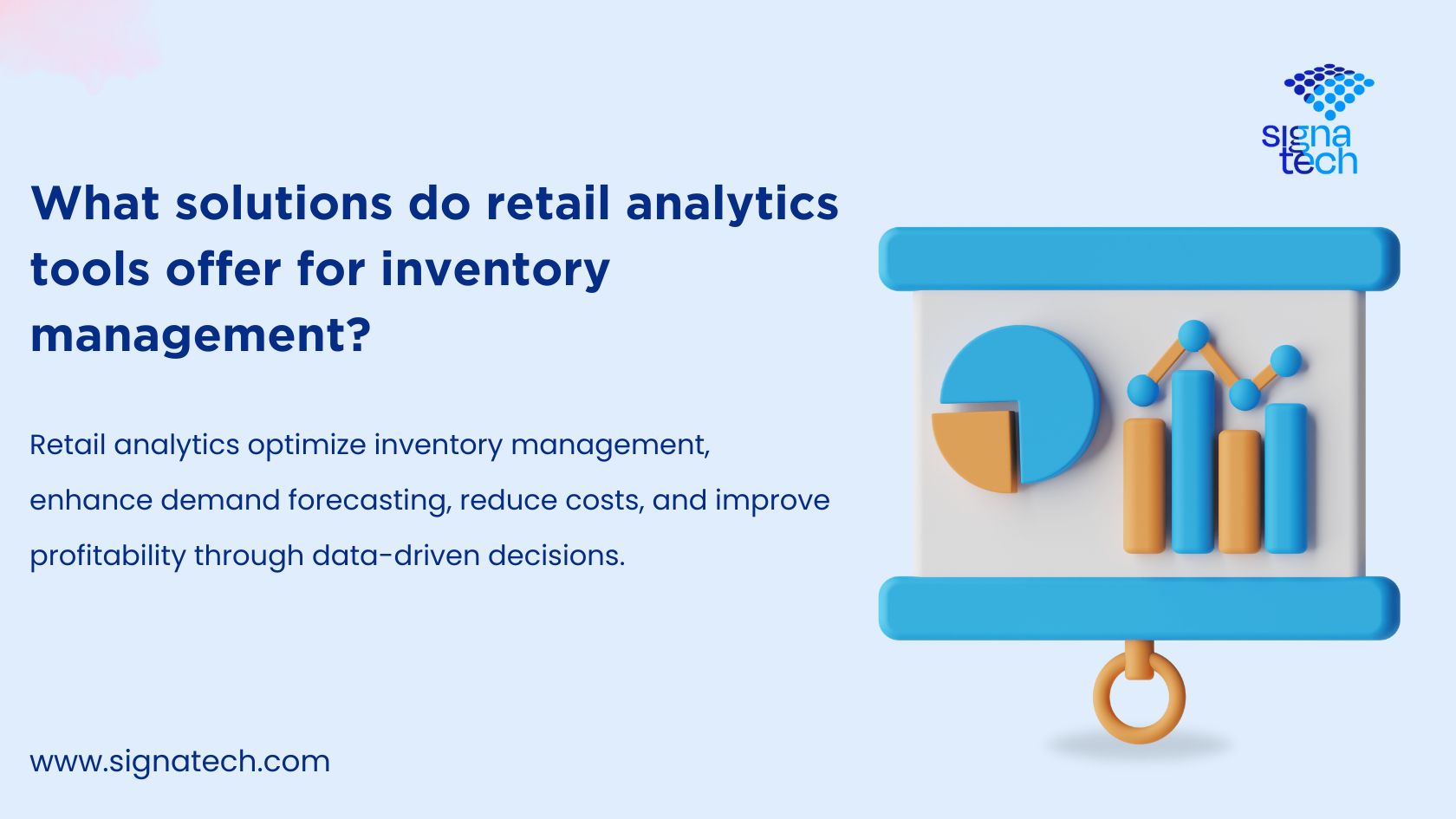In the present context, efficient inventory management has assumed even more importance than ever in a highly competitive market. The retail analytics tool has become a game-changer for business, providing robust solutions for optimizing inventory management and meeting consumer demand efficiently. The paper delves into the multifaceted advantages and solutions associated with retail analytics for inventory, ensuring your business thrives from data-driven decisions.
Understanding Retail Analytics for Inventory Management
The Role of Retail Analytics in Modern Inventory Strategies
In the changing and dynamic world of retail, a day is lived at the forefront of each day. This comes about through the understanding and prediction of market trends. Understanding retail analytics for inventory becomes a very important element that gives detailed insights into consumer behavior, sales patterns, and even potential shifts in the market. That helps the retailer to keep the right amount of stock, assure good product availability, and avoid losing business due to overstocking or understocking, as that is one of the major contributors to poor profitability.
Key Features of Retail Analytics Tools
Real-Time Inventory Tracking
Some of the tool’s unique features are: Keeps a real-time inventory track, which is a follow-on. With this, business individuals can know the exact level of goods inventory at any one time and, therefore, be able to respond quickly to sales trends or demands, which may occur among consumers. With real-time data, retailers would dynamically adjust stock levels so that they are not out of popular items and, simultaneously, not sitting with unnecessary stocks of less popular items, locking up capital.
Enhanced Demand Forecasting
This is in addition to more powerful demand forecasting. Past sales data and current market trends—such as the weather or economic situation that can significantly influence market demand—can be factored into helping retail analytics predict future demand with a high certainty rate. This foresight allows retailers to plan inventory needs far enough ahead to be well prepared for seasonal peaks or promotional events that could maximize potential sales and minimize waste.
Benefits of Implementing Retail Analytics
Cost Reduction and Revenue Maximization
Effective inventory management directly contributes to cost reduction and revenue maximization. An accurate stock level will ensure the barest minimum of excess inventory and storage costs. More so, analytics-informed insight ensures enough stock for fast-moving products to avoid shortage-stocking instances that trigger lost sales. These serve both supply and demand optimization for financial performance across the board.
Improved Supplier Relationships
It helps in better relations with the suppliers. Retailers can share inventory details, which allows the supplier to increase sales from his end. A distributed inventory system can also negotiate the terms and work better together, whereby supply schedules are synchronized with the anticipated demand schedule. The operations will be smoothed, mutual trust and cooperation between the retailer and the supplier will be built, and a more resilient supply chain will eventually be built.
In essence, retail analytic tools that offer customizable dashboards, such as Signa Insight’s, carry a key differentiating value. Therefore, these tools can establish some of the metrics that matter most to your business and offer tailored insights for smarter, effective decision-making. With these tools, small businesses can keep up and stand out in the competitive retail landscape.
